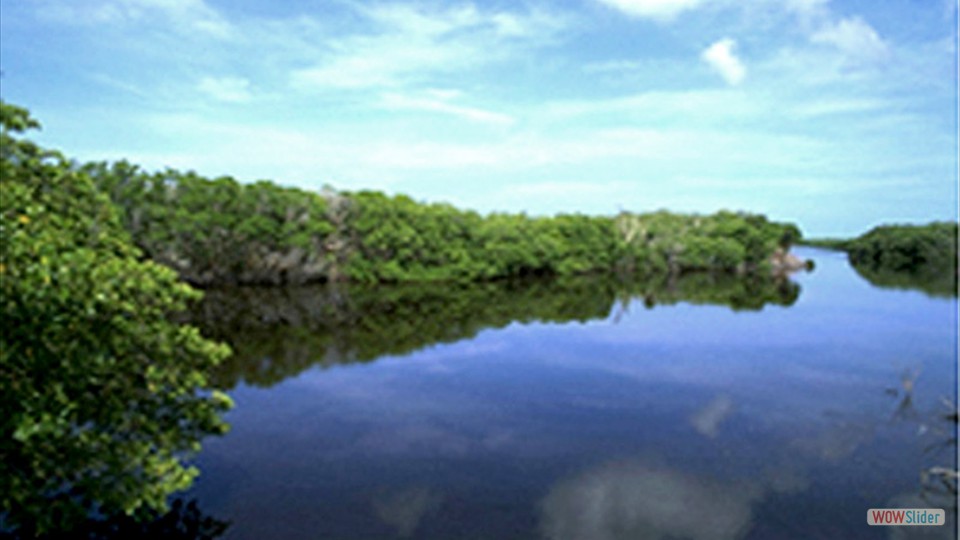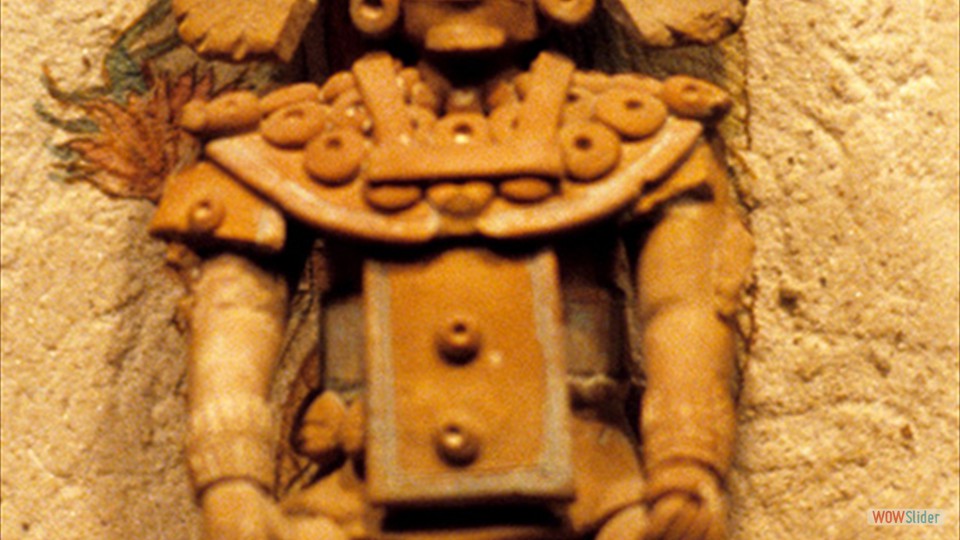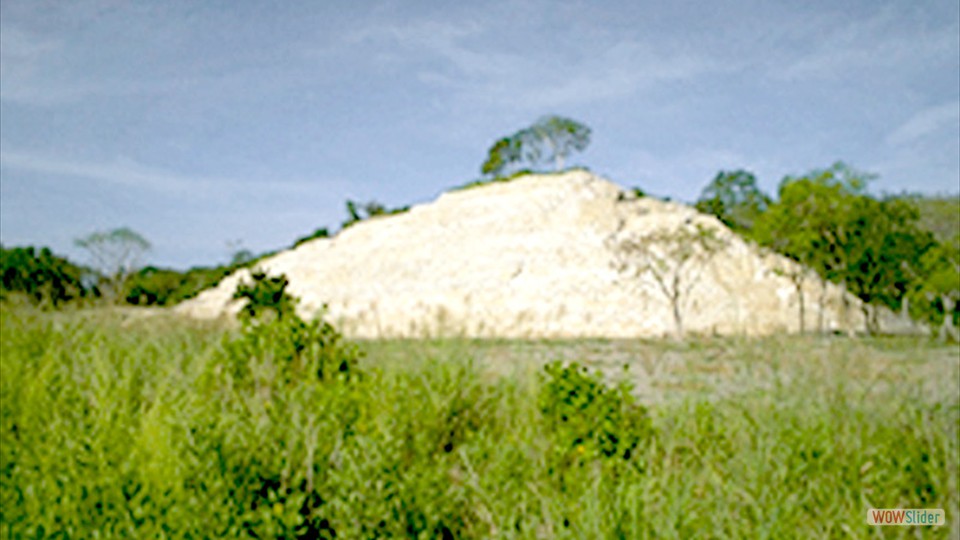Jaina or Zaina means "The place of the house on the water" , a name which refers to its insular location. The first evidence of human occupation goes back to the Early Classic period (C.E. 250-600) and its climax, reflected on its architecture and its pottery production dates from the Late Classic (C.E. 600-800). The population on the island was once integrated in a hierarchical organization devoted to war, justice, political affairs, management, religion and commerce, meanwhile the rest of the population developed activities such as agriculture on the land near the coast, hunting, fishing and some other day work. All these social roles are reflected on the small anthropomorphic clay figures found on the Jaina burials. Due to the beauty of its clay figures and vases now exhibited in national and foreign museums, Jaina or Zaina is known worldwide, although almost nobody knows the site due to the fact the site is not open to the public.

Copyright: © 1999 thru 2021. All the content; content being images, statements and writing of this website including E-Book are the copyright of Freedom8.net and Walter F. Petrucci, West Hurley, New York.
All rights expressly reserved and as such, protected by U.S. and International Copyright Laws. Design by freedom8 webmaster Version8.



 1
1 2
2 3
3